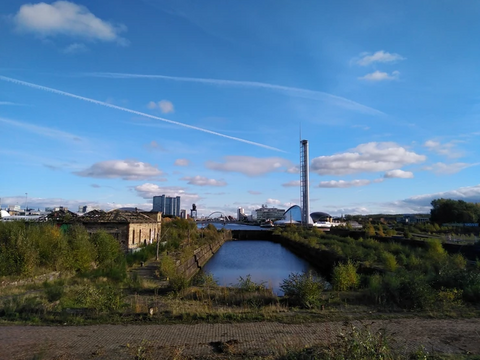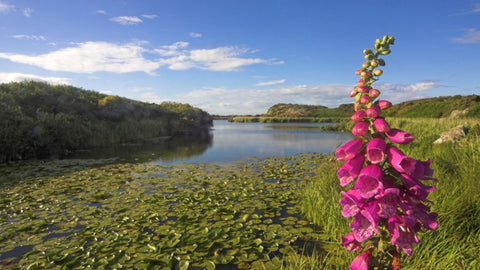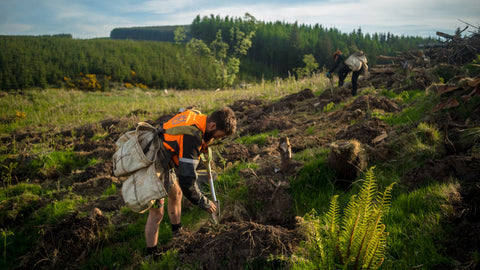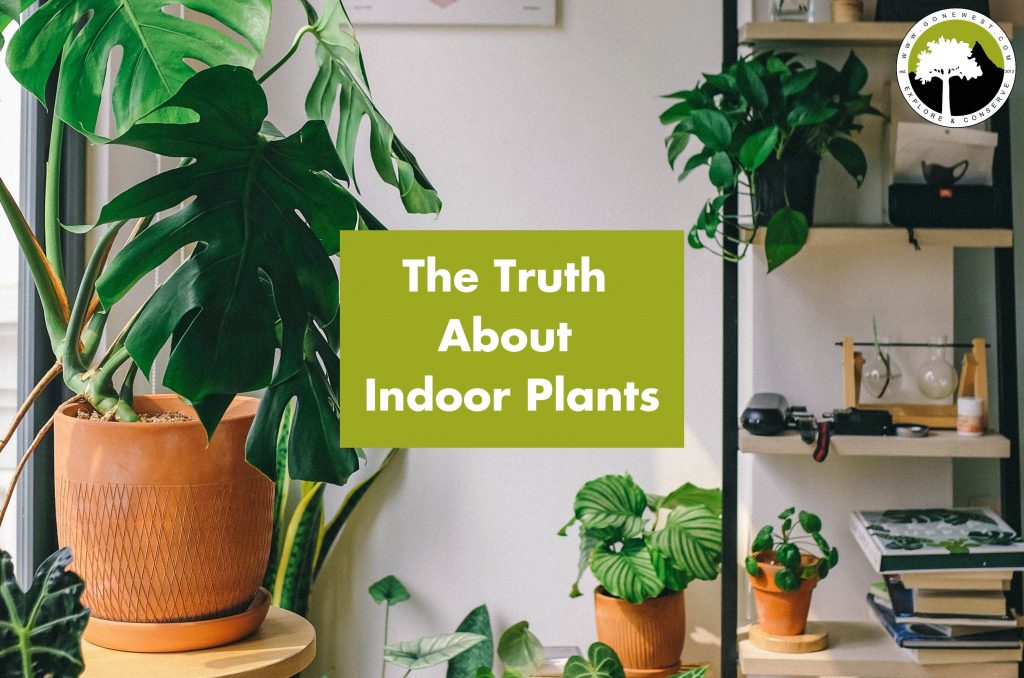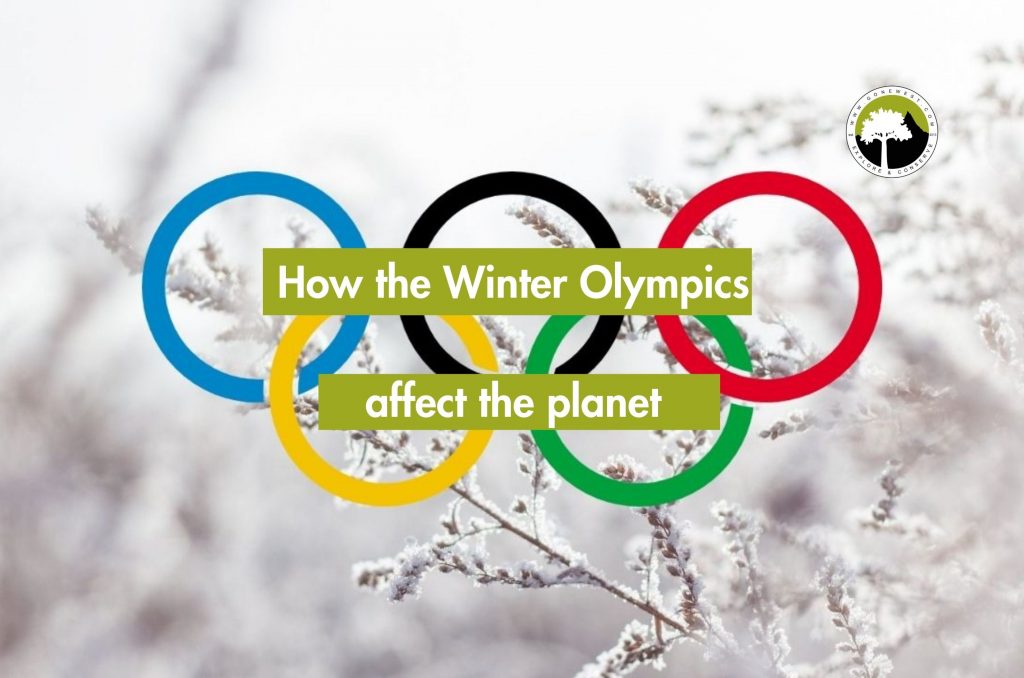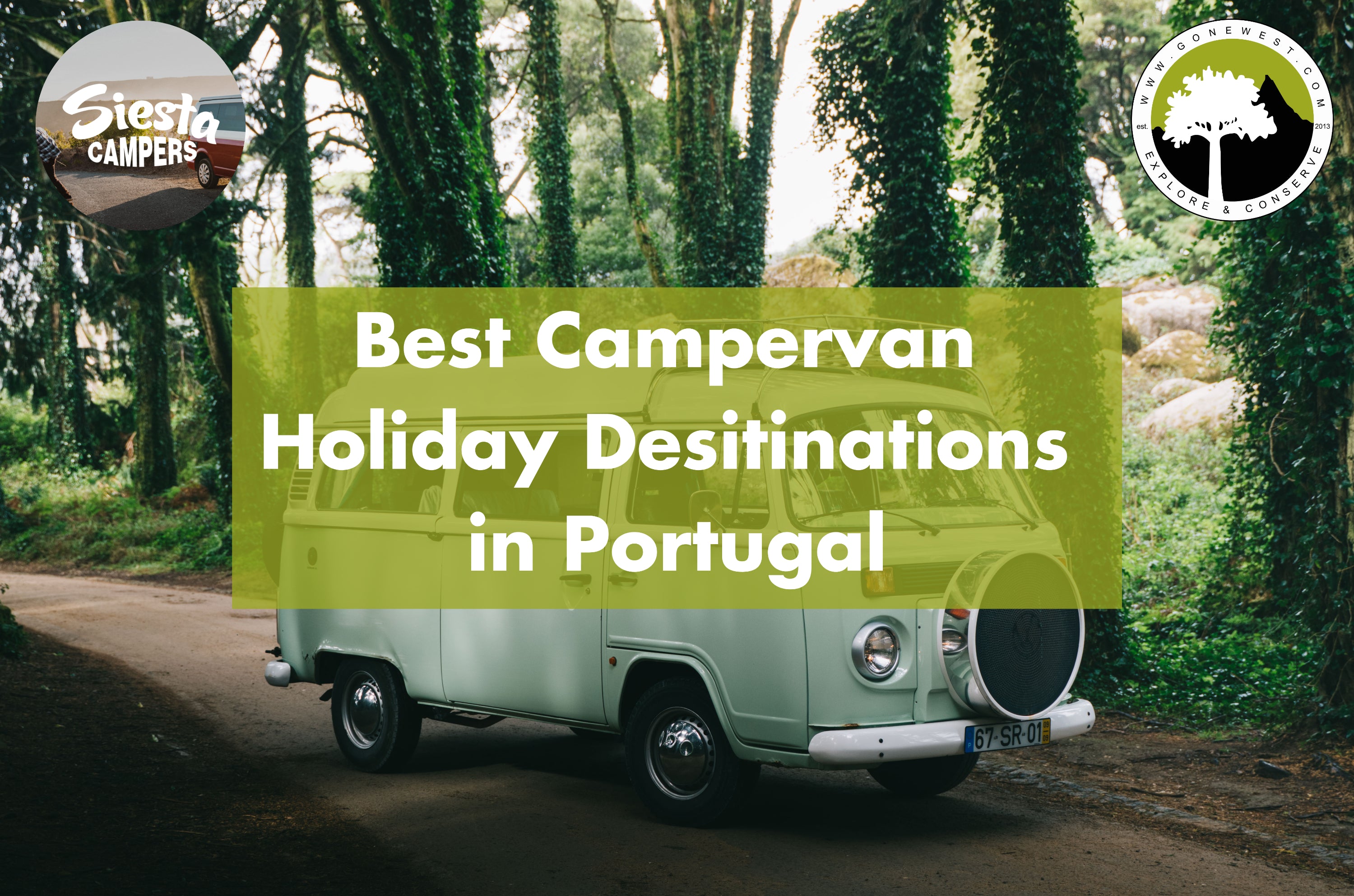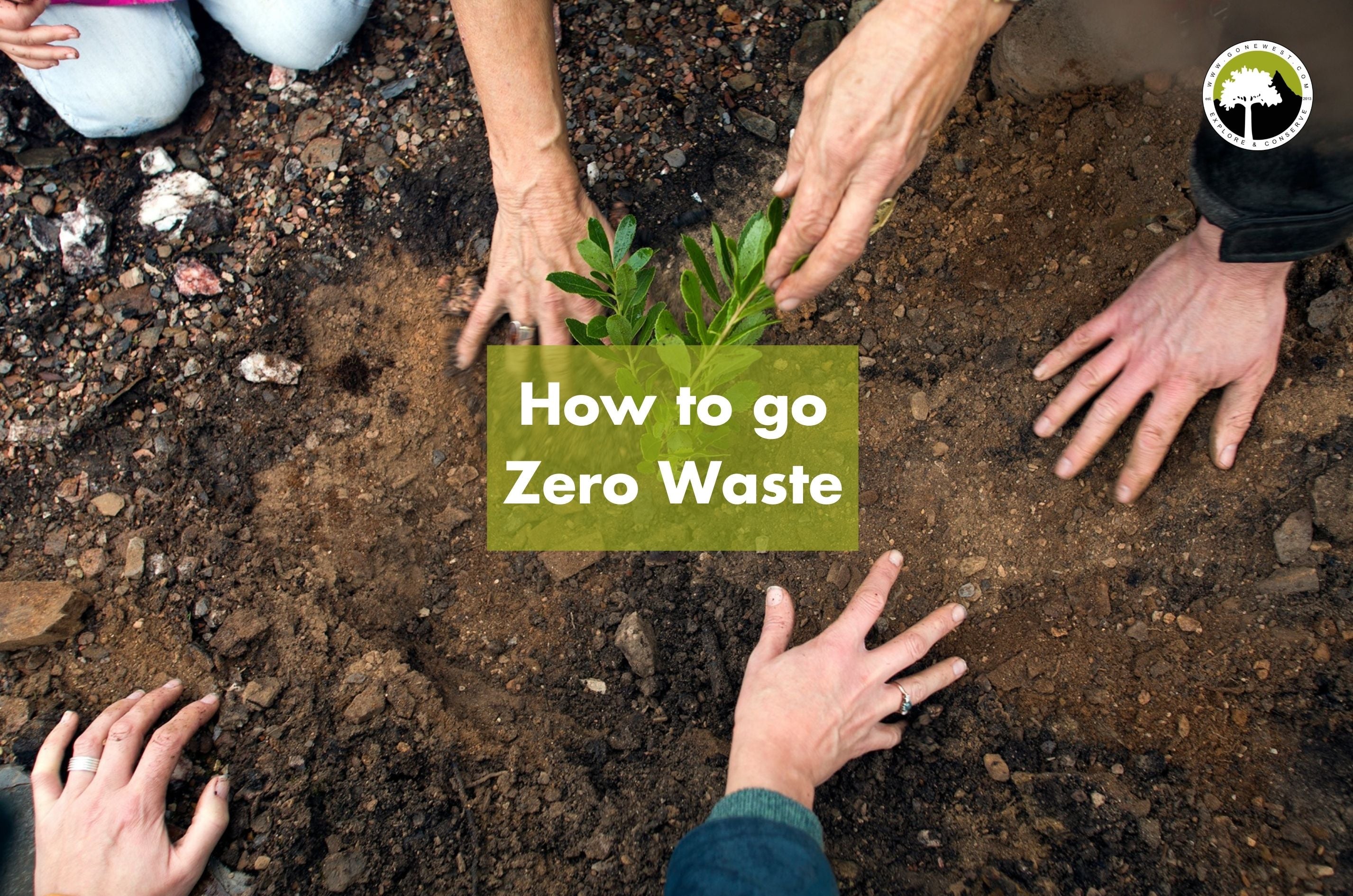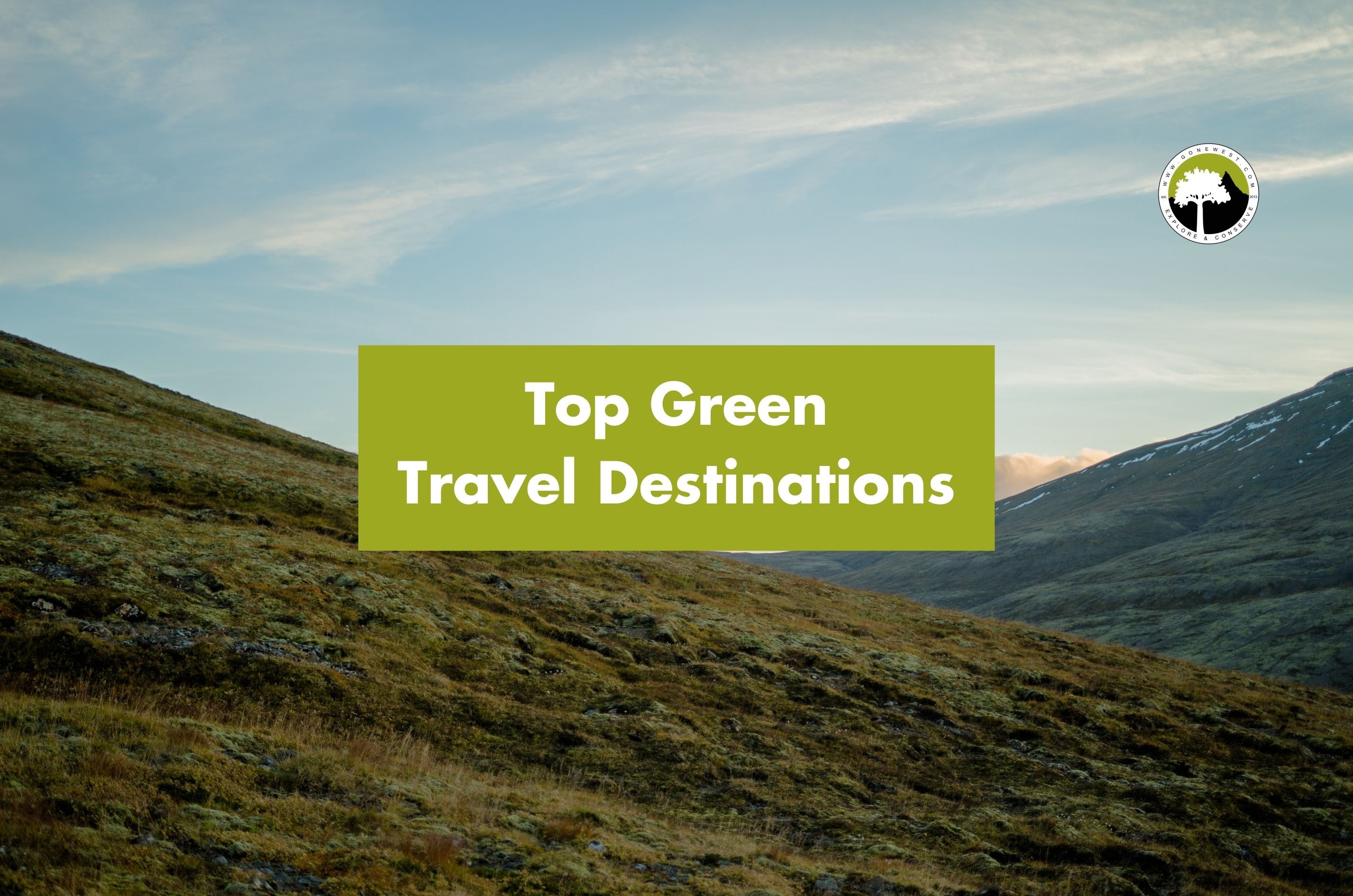World Wetlands day is a day to celebrate just that! It was created in 1997 and shares the same day as the Convention of the Wetlands, which was established in 1971. The day is all about raising awareness about Wetlands and celebrating what they do for us.
Every year, there is a different theme for the celebration. This year is Wetlands Action for People and Nature, and anyone can get involved! Whether you’re a huge corporation or an individual, there are many ways to get involved and celebrate one of nature’s beauties.
Since the 1700s, we’ve lost around 90% of the world’s wetlands and they are degrading three times faster than forests.
What’s so great about Wetlands?
We hear lots about rainforests and oceans, and even glaciers, but not much is ever said about wetlands.
Credit: Glasgow National Park City
Biodiversity
Did you know that wetlands are one of the most biodiverse habitats in the world?
About 40% of the earth’s plants and animals depend on wetlands, and every year around 200 new species are found there! They are home to many endangered species and are a halfway point for birds who are migrating.
They are a carbon sink
You may have heard the term ‘carbon sink’ flying around in our articles, specifically our Amazon Rainforest Day article. But if you weren’t already aware, a carbon sink is an area that absorbs a lot of carbon from the atmosphere and holds it within the plants and vegetation that grows there. It’s held in the plants until they die and then is reabsorbed into the soil. Carbon sinks are integral to keeping greenhouse gases to a minimum. Without them, we would have about 45% more carbon in the atmosphere.
Protection from natural disasters
Wetlands act like a sponge when it comes to rain, so is a natural barrier to flash flooding. As well as that, mangroves act as a natural barrier shielding 60% of the world’s population for natural disasters. They also save the US from spending up to $33,556 per hectare per year on damage done by flooding.
What is their biggest threat?
Now we know how important they are to our survival, we need to find out what’s threatening their existence…
The simple answer is us. With our thirst for construction and industrial growth, we’ve collectively destroyed 85% of the earth’s wetlands. 80% of our wastewater is released into wetlands, polluting the water and rendering it undrinkable to the wildlife that lives there. That wildlife helps keep biodiversity which in turn keeps the plants alive that store the carbon.
As well as that, humans have drained hundreds of thousands of hectares to make space for industry, housing, and agriculture.
Credit: RSPB
How can you help?
The easiest step is to be more eco-conscious in your day to day life. The less pollution and waste you create, the better. Whether that’s going vegan for a day each week, gifting sustainability, foraging instead of buying, or changing to a green energy supplier, anything you can do will make a difference.
If you’re into gardening or just have a love for houseplants, make sure you don’t use chemicals or toxic fertilisers when looking after your plants. These can be absorbed into the ground or end up in the wastewater disposal, which heads straight for wetlands.
Peatlands are a form of wetlands and houseplants are putting them under threat. Want to know more? Check out our latest article for more information.
Another great way of helping wetlands is to use less water. A lot of the drinkable water comes from wetlands, so the less we use, the less we exploit the land, and the easier it is for the wetlands to thrive.
How does Gone West help?
At Gone West, we aren’t single minded about the types of trees we plant. In fact, it’s our mission to reforest all areas we plant on with their respective native trees. We know the importance of wetlands, which is why one of our UK planting sites is a wetlands.
Govan Wetlands in Glasgow is a historical dock that is being transformed into a haven for wildlife and plants. This is because the locals want to show the importance of wetlands in our eco-systems.
In October 2021, we partnered with Network Rail Scotland to plant 3200 trees over two days. The Network Rail staff planted 1000 trees on Westheads farm and 200 trees and 2000 wetland plants at Govan Wetland farm in Glasgow. This event was a precursor to the important COP26 climate conference in Glasgow.
We are glad to work with Network Rail who are supporting the Acorns to Oaks initiative. The initiative not only provides jobs for young people, it also motivates and inspires them.
Community planting days are an invaluable opportunity for businesses who want to go green. They are a great way to get to know your colleagues and to foster a positive and trusting work environment for when you return to the office. As well as that, they give you an opportunity to see your support come to life in front of your eyes.
“I think Gone West is a brilliant company. The initiative is brilliant, because sometimes people want to do these things, but they don’t have the opportunity.” Stella, Scotland’s Railway environment specialist.
Interested in your business taking part in a community planting day? Visit our Offset Your Business page for more information.
The message to take from this article is that we need to be more aware of how we consume and create and to be more appreciative of what wetlands can do for us. Research the business you support and make sure you know how they affect the planet.
That’s all for now. I hope you have enjoyed reading our blog. Join the sustainable revolution to help save our natural world and our future by following us on Instagram and by subscribing to our monthly newsletter for updates.
Stay in the loop
Subscribe to our newsletter.
Everyone loves to get away, especially after two long years of a global pandemic. From city breaks to countryside getaways, we’re all itching to get out and about and [...]
June 23, 2022
Zero-waste living has been on the rise for quite a fews years. The movement started gaining traction when the public were made more aware of the severity of the [...]
May 15, 2022
As the world is getting back to normal and we’re beginning to travel more freely without restrictions, it’s a good time to start thinking more eco-consciously when planning your [...]
April 30, 2022
We’re sure that you, like us and many other people, are entirely burned out by bad news. Whether it’s bad news about politics, the economy, or the environment, we’ve [...]
April 14, 2022
We’re a few weeks into the Winter Olympics, with people from all over the world participating, attending, and tuning in. The event is all about celebrating people and their [...]
February 17, 2022

